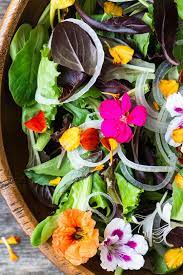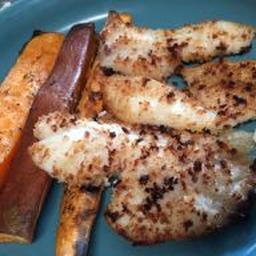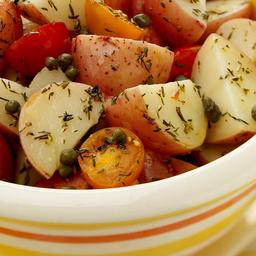
Hark thee! Heigh ho, come thee hither and celebrateth National Shakespeare Day! Wouldn’t it be fun to talk like Shakespeare and his pals back in Elizabethan times? T’will be a hilarious dinner conversation if everyone adopted “Shakespearian” language. Although “The Bard” is best known for his plays, his poetry and use of rhyming in his works showed his grasp and creative use of language. It’s only fitting that we celebrate him in his birth month of April, also the month dedicated as National Poetry Month.
Well, maybe speaking in iambic pentameter or reciting sonnets t’would be folly for every dinner conversation but t’would be a lot of fun to host an event honoring Shakespeare. We’ll be using a lot of thou, thee, thine and yea or nay throughout our conversation. Let’s make it a real revelry with outfits, conversation and food.
Perchance To Join For Dinner? A Salute To Shakespeare.
- Speak The Speech: If everyone joins in, you won’t be a laughing stock! But there will be merriment and gaiety. Practice using phrases and words common in the Elizabethan era. Here’s a site that will translate currently used words to Shakespearian.

- Come in Character: Ask your guests to dress as Shakespeare, one of the characters from his famous plays or even Queen Elizabeth. Intertwine leaves, branches and flowers in a costume to become Tatiana from Midsummer’s Night Dream or dress all in black like Hamlet. Collars, ruffs, doublets, hose, breeches, puffy sleeves and voluminous capes were all the style. Remember men used to play the female parts in the plays, so a man dressing as Juliet would be historically appropriate and comical!
- Prepare To Amuse: As Shakespeare did, endeavor to entertain. Ask your guests to come with a prepared excerpt from one of his plays or poems, recite an original sonnet or act out a scene from a favorite play. Ahh…an ode to thy delectable dinner…
- Tune In Music: Shakespeare was known to enhance and set the mood of a scene with music. Play some of the beautiful operas and other classical pieces inspired by his plays as your guests enjoy their dinner. If music be the food of love, play on.
- Set An Elizabethan Table: While some of the wealthier members had adopted the Italian custom of using spoons, most of the populace in this era only used their hands and knives. Forks were yet to be introduced to the place setting. Food was served in wooden and bread trenchers, beer in tankards and wine in goblets. Thank goodness napkins were readily used! Interestingly, women placed their napkins in their laps, but men draped them over one shoulder! Remember to light plenty of candles since there wasn’t electricity in the 1500’s.
- Feast As Shakespeare Did: Fans of the farm-to-table efforts would have loved the selections from Shakespeare’s time. The chefs of that time were creative both with using found ingredients and presentation of the various dishes.
- Sallets (salads) were made with fresh greens, herbs and edible flowers such as violets, pansies, cowslips and calendula.
- They ate what was in season and available and then cured, smoked and dried their meats and fish, canned vegetables and fruits and stored root vegetables in cold stores beneath the ground.

- A variety of dishes were prepared for dinner. The poorer members of society had fewer choices and tended to eat more beans, lentils and grains such as oats for porridge. The middle classes would have five to six different dishes at their dinner including a selection of meat. The wealthy ate an abundance and variety of meats including lamb, mutton, pork, beef, rabbit, venison wild boar, wildfowl, peacock and swan. Fish and other seafood was considered a delicacy. Eggs, nuts and seeds, fruits, vegetables, fresh bread and dairy products were all part of the Elizabethan diet and not much went to waste.
- Because water was not always clean, beer, ale, spiced mead and wine were common drinks for all ages. Spices were used liberally in many dishes as well in the beverages.
- Not to be missed, Elizabethan’s loved their sweets such as marzipan. fruit pies, cakes, cookies and more. Popular desserts that Shakespeare mentions in his plays were Gooseberry Foil, a pudding made with mint and gooseberries, Shrewsberry cakes, small round cakes flavored with rose or lemon and Posset, another type of pudding often flavored with ambergris or lemon. Shortbread was also a common cookie of the time.
You may say your guests have eaten me out of house and home…
but dining a la Shakespeare is such stuff as dreams are made on!
Mark Thee This, Shakespeare Would Love These Recipes!
Search for more recipes in your DinnerTime Recipe Box.
Use the filter function (found on right of your DinnerTime Recipe Box search) to find desserts, main dish, side dishes etc.



